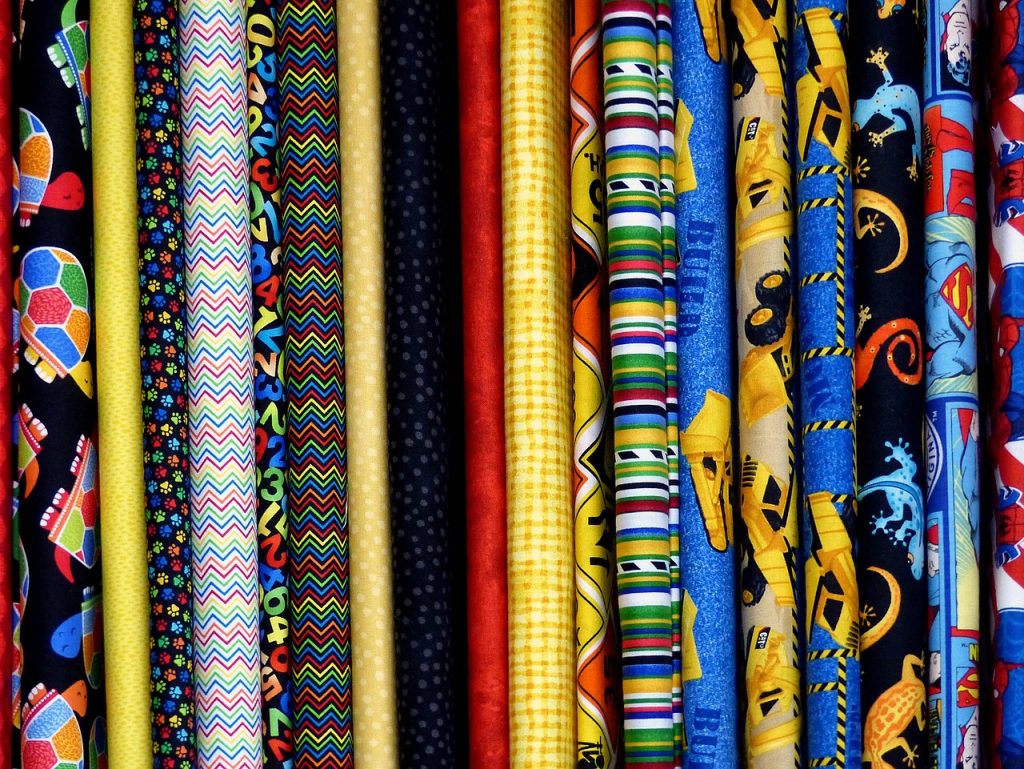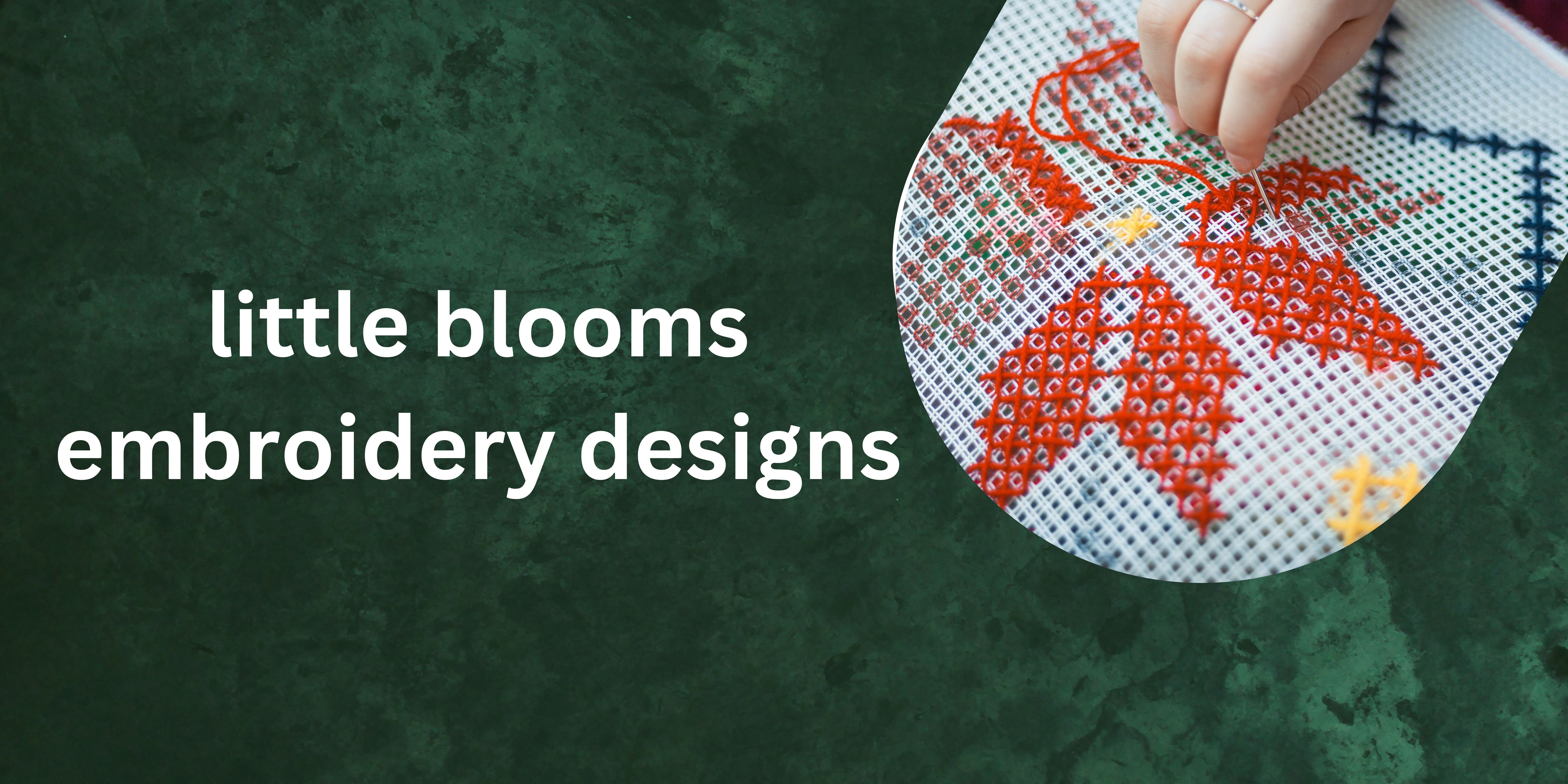.jpg)
How to Create Custom Textures for Your Fabric Designs
How to Create Custom Textures for Your Fabric Designs
If you're a fashion designer, artist, or DIY enthusiast eager to create unique fabric designs, crafting custom textures is an excellent way to ensure your creations stand out. By designing your own textures, you can achieve a distinct look that aligns perfectly with your vision. In this post, we'll guide you through the process of creating custom textures for your fabric designs.
Step 1: Choose Your Base Fabric
The first step in creating a custom texture is selecting the right base fabric. The fabric you choose will serve as the foundation for your texture, so it’s crucial to pick one that suits the type of texture you want to achieve. For instance, if you're aiming for a raised texture, opt for a fabric with some loft, like velvet or boucle. If you want a smooth texture, a fabric like cotton or silk might be more appropriate.

-
Step 2: Choose Your Texture Method
There are various methods you can use to create custom textures on fabric. Here are a few to consider:
-
Hand-Painting: Hand-painting allows you to create unique, personalized textures. You can use different paints, dyes, and techniques (such as sponging, splattering, or brushing) to achieve various effects.
-
Embroidery: Embroidery offers a way to add intricate textures and patterns to your fabric. By using different stitches, such as satin stitch, French knots, or chain stitch, you can create both subtle and bold textures.
-
Appliqué: Appliqué involves layering pieces of fabric onto a base fabric to create designs with added texture and depth. This technique is ideal for creating multi-dimensional effects.
-
Printing: Printing is a popular method for adding texture to fabric. Techniques such as screen printing, block printing, or digital printing can produce a wide range of textures, from subtle to highly textured surfaces.
-
Weaving and Knitting: If you’re skilled in weaving or knitting, you can create custom textures by experimenting with different stitches, yarns, and techniques. This method allows for a high degree of creativity in developing textures directly into the fabric structure.

-
Step 3: Experiment with Techniques and Materials
Once you’ve selected your base fabric and texture method, it’s time to start experimenting. Play around with different techniques and materials to see what works best for your design. Don’t hesitate to combine methods or materials to create something truly unique. For example, you could blend hand-painting with embroidery to achieve a rich, layered texture.
Step 4: Test and Refine
After creating your custom texture, it’s essential to test it and make any necessary adjustments. View the fabric in different lighting conditions and against various backgrounds to ensure the texture looks as desired. This step helps you fine-tune the design and make any changes needed to achieve the perfect result.
Conclusion
Creating custom textures for your fabric designs is an enjoyable and rewarding process that allows you to express your creativity fully. By carefully selecting your base fabric, experimenting with different texture methods, and refining your designs, you can produce one-of-a-kind fabric creations that truly reflect your artistic vision. So, unleash your creativity and start exploring the exciting possibilities of custom fabric textures today!


![How to design your own fabric at home [FREE COURSE!]](https://images.squarespace-cdn.com/content/v1/5abecd597e3c3a242ca074b8/1607740828931-UMEZJMEOZCUXI23LVOKX/How+to+design+your+own+fabric+at+home)










